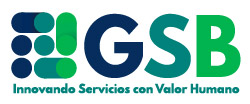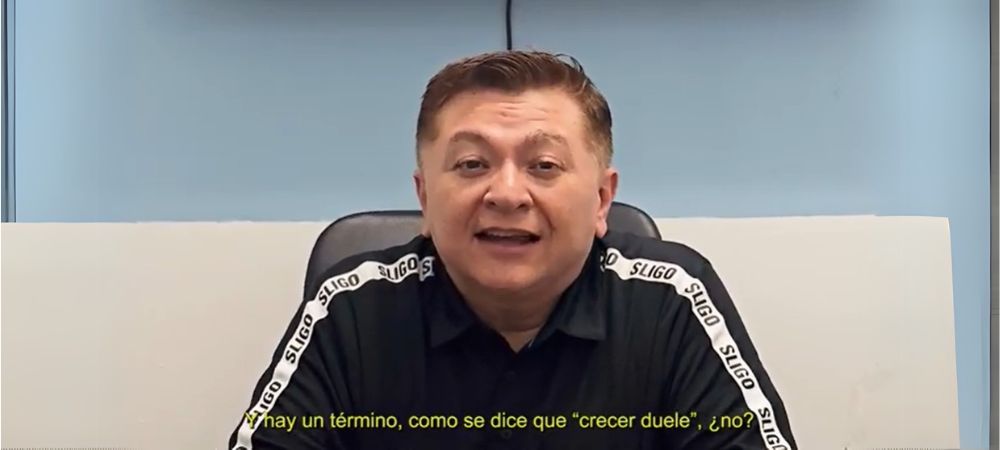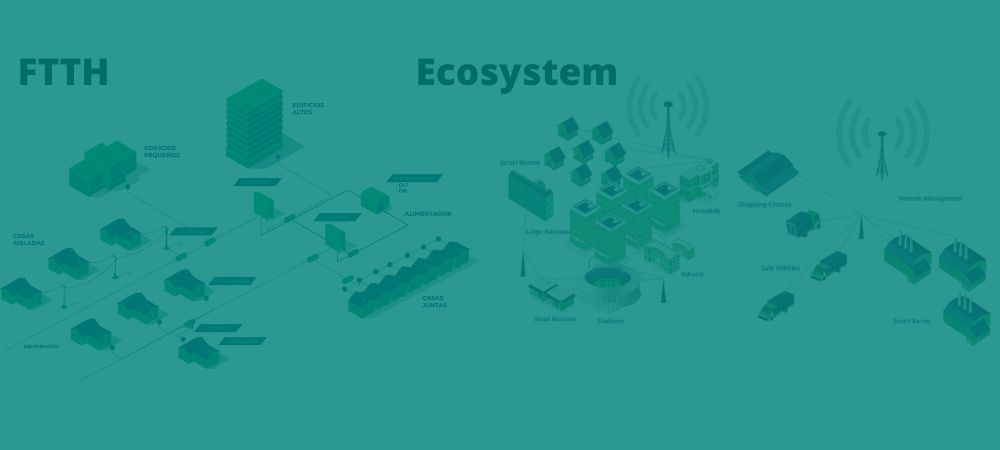
If you want to be more productive, investing your time in activities of value, without feeling overwhelmed by the amount of tasks that pile up on you, and taking control of your day to day life, this reading is for you. We will share some of them agile strategies, which we can apply in our personal management of activities:
1. Creates and maintains a Task Backlog.
There are many applications to help us manage to-do lists. I recommend
Trello
from the same people at Jira,
Atlanssia
which you can use on your laptop and cell phone.
- Register
concrete tasks with a clear objective. - Classify the tasks by groups (Home, Procedures, Research, etc.).
- Divide large tasks into several tasks. In Trello you can use the following option in the Task or card Checklist, or create a List (group) with several Tasks.
- The Lists form a Dashboard, which has proven to be a method that facilitates the visualization, management, communication and transparency of tasks.
- A list, or column, can contain the tasks you are “Doing“.
- Define a WIP (Work In Progress). In the example it is, so I can’t “start” another task, if I don’t take one out of that list. This technique promotes the completion of tasks you have started or are running, avoiding procrastination and having too many tasks open.
- Review and update the task list frequently. At least at the beginning and end of the day. Make your task management tool your personal assistant.
2. Classify and prioritize tasks
- Group tasks by categories, as we do with epics in Jira, creating a structure that makes sense to you and makes it easier to organize and balance your to-dos.
3. Plan for the medium and short term, and the day to day.
- Having valuable, purposeful and important tasks implies defining medium-term objectives and goals, which in the situation we live in, with so much change and uncertainty, can be quarterly, monthly and weekly.
- Divide your quarterly goals into monthly, weekly and daily goals. What you do day by day, is what will allow the achievement of your major purposes.
- You should approach your plan with flexibility, adapting it to the reality as it arises. We tend to overestimate our capacity, so it is usual to fall short of time.
- Consider that there are always emergencies and unforeseen events that threaten our forecasts. Try to leave clearances and capacity for the “unplanned” as well as for breaks and rest. If you find it useful, block out time for breakfast and lunch in your schedule.
- Avoid planning “in detail”, it should be enough to serve as a guide and order our day. Micro-management can impair flexibility and even efficiency.
- Dividing the goals also makes it easier to verify whether we are on track toward the major goal and whether we should adjust our execution strategies. Remember to apply the values of the inspection and adaptation.
- And when you meet your partial goals, recognize your efforts and reward yourself, it will help to maintain the effort and discipline that your goals demand.
Additional note: If in Trello you set due dates to the tasks, you can see your planning in a calendar, you can even integrate it with Google’s calendar (
details here
)
- Make the continuous improvement, a habit, better if you become addicted to it. Challenging your practices, innovating, learning and experimenting with new methods, allows you to grow and mature.
- Maintain the concentration and focus in what you do, it will make you more efficient and productive. Having blocks of work in continuous periods of time, followed by rest periods, facilitates concentration and discipline.
Pomodoro
is one of the productivity techniques used by many agilists. - This also includes reduce distractions, since they generate time waste and impact the quality of the results. For example: while you are in a Pomodoro, turn off email and network notifications, put your phone on silent and avoid multitasking, fully attending to one thing at a time.
- The order and cleanliness are excellent allies of productivity, since they allow you to obtain the necessary inputs directly, without wasting time searching for documents, mail, references, or other necessary materials. This also means, select only what is necessary and simplify, as much as possible, the process flow. Ten prepared inputs before tackling the task, you will reduce the waste involved in searching for something while performing the task.
- To be productive, you should be healthy, sleep well, stay hydrated, eat foods that give us vitality and energy, take breaks to relax, exercise, breathe well, maintain good posture, among other practices that help you manage stress and feel well.
- And now the most important tip, enjoy what you do, emphasize the positive perspective and what you gain with each task, seek to do what really makes you happy, what you are passionate about.
Motivation is key to be productive
.
Read more about this topic in:
https://masymejor.com/como-ser-mas-productivo/
Trello blog with tips on Productivity
María Esther Remedios
@soy.agile.coach




